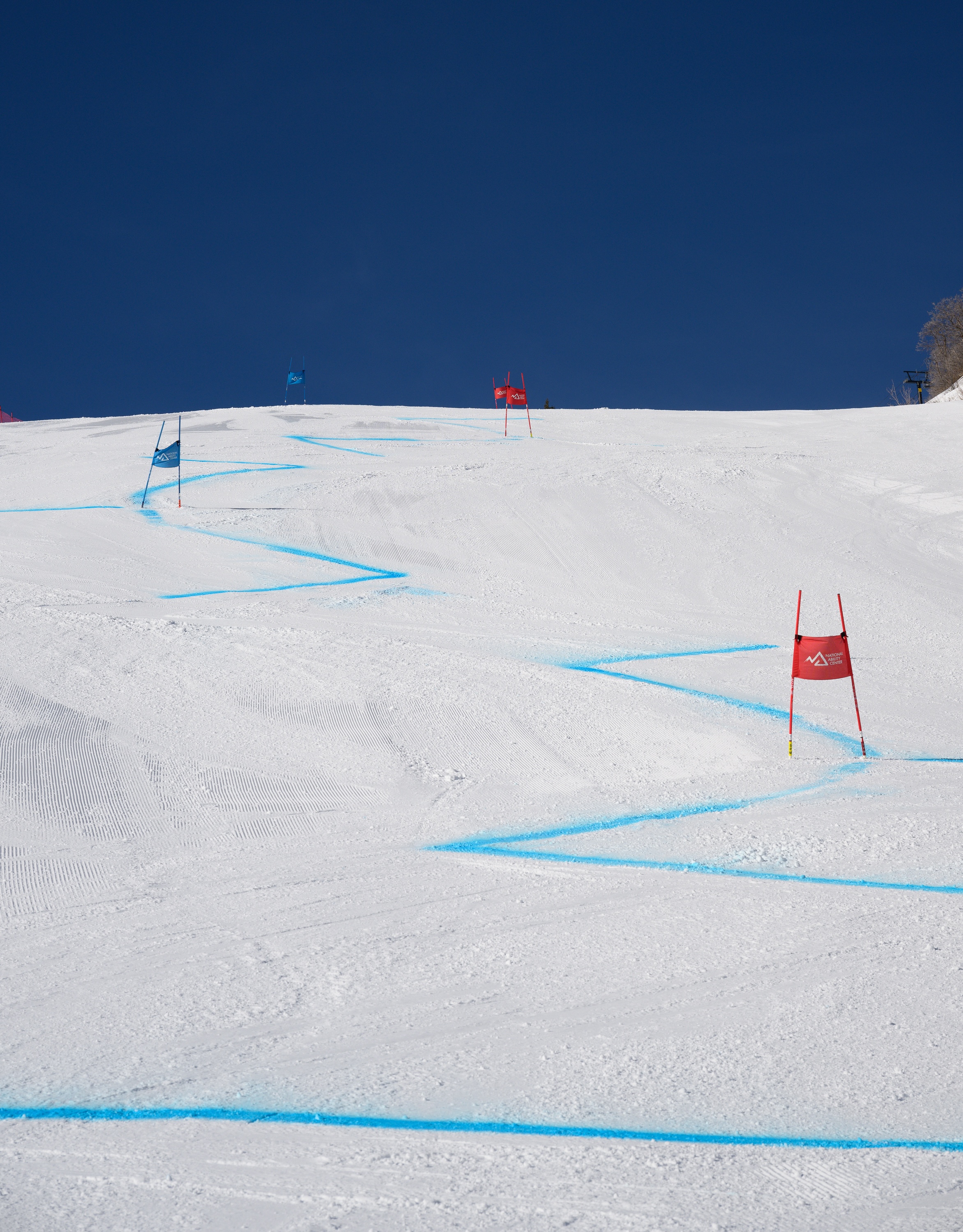
Para Alpine Pipeline
Adaptive skiing started in pre-World War II Europe and is now highly developed throughout the world. The sport began as a rehabilitation/recreation program which, over time, evolved into well-organized national and international level competitions with corresponding organizations to administer the sport.
The first documented Championships for skiers with an impairment was held in Badgastein, Austria, in 1948 with 17 athletes taking part. Since 1950, events have been held around the world. Elite level racing for adaptive skiers has existed in the United States since 1972.
The first Paralympic Winter Games took place in Örnsköldsvik in Sweden in 1976 and featured two alpine disciplines - slalom and giant slalom. Downhill was added to the Paralympic program in 1984 in Innsbruck, Austria, and super-G was added in 1994 at Lillehammer, Norway. Sit-skiing was introduced as a demonstration sport at the Innsbruck 1984 Paralympics and became a medal event at the Nagano 1998 Games.
Domestic and International level Para Alpine athletes compete in the same events as their able-bodied counterparts; Slalom, Giant Slalom, Super Giant Slalom, Downhill, and Super Combined or a team/parallel event.
Today the major events internationally are the FIS Para World Cup, FIS Para World Championships and the Paralympic Winter Games. In 2023, the management of Para Alpine returned to U.S. Ski & Snowboard after 13 years under the United States Olympic and Paralympic Committee
Classification provides a structure for Paralympic competition. U.S. Ski & Snowboard adopts the International Paralympic Committee Athlete Classification Code.
The athletes are separated into different categories based on their type of mobility. Those categories are: Standing, Sitting, Visually impaired. Within each category, the athletes are more specifically classified based on their level of disability. Classification defines who is eligible to compete in Para sport, and groups eligible athletes into sport classes according to their activity limitation.
Classification of an athlete happens at a sanctioned Classification event which is attached to a competition. for Alpine, the classifiers must observe that athlete as part of the classification process. Classification is a medical related process performed by trained and certified Sport Medical professionals and not related to the Sport in Rules or Committee.
Classification systems are defined and implemented by the respective International Federation for each sport. Sport class criteria and parameters are defined and put in place by each sport’s International Federation (IF) with the aim of minimizing the impact of impairment and to ensure that winning is determined by skill, fitness, power, endurance, tactical ability and mental focus, etc., the same factors that account for success in sport for athletes who are able-bodied.
More information on Classification and its process can be found at Paralympics.org. For more information on the FIS Classification Rules and Regulations visit the FIS website.
All athletes in Para alpine skiing have one or more of the following impairments:
- Impaired Muscle Power
- Limb Deficiency
- Leg Length Difference
- Hypertonia
- Ataxia
- Athetosis
- Impaired Passive Range of Movement
- Vision Impairment
Lower limb impairments:
- Sport Class LW 1: Athletes have an impairment in both legs.
- Sport Class LW 2: Athletes have an impairment in one leg.
- Sport Class LW 3: Athletes have an impairment in both legs.
- Sport Class LW 4: Athletes have an impairment in one leg.
Upper limb impairments:
- Sport Class LW 5/7: Athletes have an impairment in both arms and compete without ski poles.
- Sport Class LW 6/8: Athletes have an impairment in one arm and compete with one ski pole.
Combined upper and lower limb impairments:
- Sport Class LW 9: Skiers in this Sport Class have an impairment that affects arms and legs. Depending on the nature and degree of their activity limitation they compete with or two skis and one or two poles.
Sport Classes LW 10-12: Sit-Skiers
- Sport Classes LW 10-12: All sit-skiers have an impairment affecting their legs and compete in a seated position.
Sport Classes AS 1-4: Skiers with Vision Impairment
- Sport Classes AS1-4: Athletes in these sport classes have vision impairment and meet the minimum impairment criteria to compete. Athletes with vision impairment ski with a guide, who verbally gives directions to the athlete.